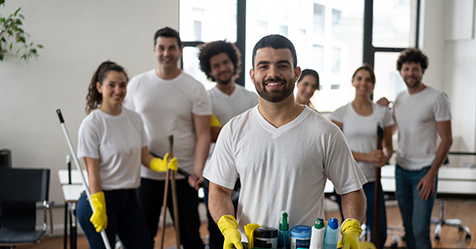Busy US Hurricane Season Expected
Six to 10 storms are predicted to become hurricanes this year
The U.S. hurricane season officially started on June 1, with 13 to 19 named storms forecasted, according to National Oceanic and Atmospheric Administration (NOAA). Six to 10 of these storms are predicted to become hurricanes, and three to five of these may grow to major hurricane intensity of Category 3 or stronger. NOAA said they have 70% confidence in this outlook.
An average Atlantic hurricane season would be 14 named storms, of which seven become hurricanes and 3 become major hurricanes.
Here are the 21 names you’ll see this season in the Caribbean, Gulf and Atlantic. (One new name was added this season after 2019’s Dorian was retired due to its wrath in the Bahamas.):
- Andrea
- Barry
- Chantal
- Dexter
- Erin
- Fernand
- Gabrielle
- Humberto
- Imelda
- Jeffy
- Karen
- Lorenzo
- Melissa
- Nestor
- Olga
- Pablo
- Rebekah
- Sebastien
- Tanya
- Van
- Wendy
Already, a potential tropical or subtropical storm is developing off the Southeast coast. Forecasters are tracking if the storm will become Andrea, the first named storm of the season.
Meanwhile staff of the Federal Emergency Management Agency (FEMA) were confused on Monday after the head of the U.S. disaster agency, David Richardson, who has led FEMA since early May, said he had not been aware the country has a hurricane season, according to four sources familiar with the situation.
At the time of the remark, it was not clear to staff whether he meant it literally, as a joke, or in some other context, Reuters reported. A spokesperson for the Department of Homeland Security, FEMA’s parent agency, told the news agency that the comment was a joke and that FEMA is prepared for hurricane season.
Two weeks ago, the Department of Homeland Security replaced several knowledgeable FEMA leaders with a half-dozen of its own officials, even though they had limited experience managing natural disasters, CNN reported. They are serving under Richardson, who is also a Homeland Security official with no prior experience in disaster relief.


